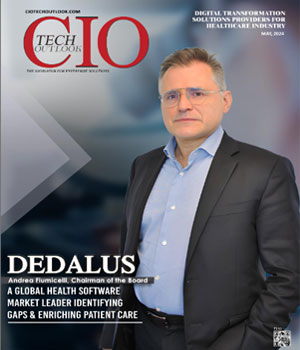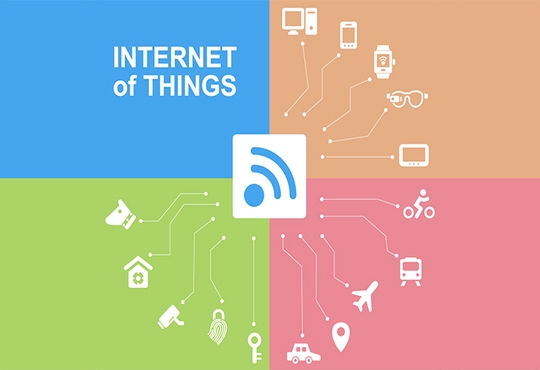
CIOTechOutlook >> Magazine >> December - 2016 issue
Digital Marketing - Enabling Organizations to Track their Progress
 Marketing is associated with the function of building brands and creating demand. Traditionally marketing was associated with campaigns in newspapers, TV, Radio as well as road shows. With the advent of digital medium of communication and the mobile phone revolution, consumer behaviour and preferences have undergone a change. In other words, digital marketing is the brand promotion of products via one or more forms of electronic media. It differs from traditional marketing as it involves the use of channels and methods that enable an organization to analyse marketing campaigns and understand what is working and what is not typically in real time.
Marketing is associated with the function of building brands and creating demand. Traditionally marketing was associated with campaigns in newspapers, TV, Radio as well as road shows. With the advent of digital medium of communication and the mobile phone revolution, consumer behaviour and preferences have undergone a change. In other words, digital marketing is the brand promotion of products via one or more forms of electronic media. It differs from traditional marketing as it involves the use of channels and methods that enable an organization to analyse marketing campaigns and understand what is working and what is not typically in real time.Digital marketers monitor things like what is being viewed, how often and for how long, sales conversions, what content works and does not work, etc. While the internet is, perhaps, the channel most closely associated with digital marketing, others include wireless text messaging, mobile instant messaging, mobile apps, podcasts, electronic billboards, digital television radio channels, etc.
Digital marketing activities are segregated into:
1. Search engine optimization (SEO)
2. Search engine marketing (SEM)
3. Content marketing
4. Influencer marketing
5. Content automation
6. Campaign marketing and
e-commerce marketing
7. Social media marketing
8. Social media optimization
9. E-mail marketing
10. Display advertising
11. E–books
12. Optical disks, games and any other form of digital media.
It also extends to non-Internet channels that provide digital media, such as mobile phones (SMS and MMS) and on-hold mobile ring tones.
In the current environment customer engagement and retention is the key for digital marketing. Gone are the days where a consumer was ready to wait. Now the information is sought by a customer instantly because of the internet. For example, if a person desires booking a holiday package, he would look into the travel portal for the holiday destination, followed by searching for accommodation and travel deals. Then reading reviews on several websites about the destination, the hotels, places to see and visit, etc.
As you can see, a customer is highly influenced by availability of information, opinions and feedback of other people (known and unknown) as well as the preferences of family and others. The key to success here is to:
1. Create customer segmentation
2. Analysis of customer behaviour patterns
3. Location and demographic based information presentation
4. Deals and rewards focused around the customer needs
In the example cited above, the approach to successfully retaining the customer would be to provide him the right information at the right time and place. This is the critical success factor for any digital marketing campaign.
Imagine a scenario; you are travelling from Andheri to Versova via train to watch a movie. The moment you alight the train at Versova station, the mobile pushes information of offers about the same mall where you are going to watch a movie. This is possible by usage of big data and digital marketing combined.
CXO Insights
Media Companies Driving Higher Revenue...
By Raghu Seetharam, General Manager – CRM Practice, Birlasoft
Telecom Operators Evolution to Becoming Next...
By Dr Shekhar Tankhiwale, Head of Business and IT Transformation
Honey, I shrunk the Data Center!





